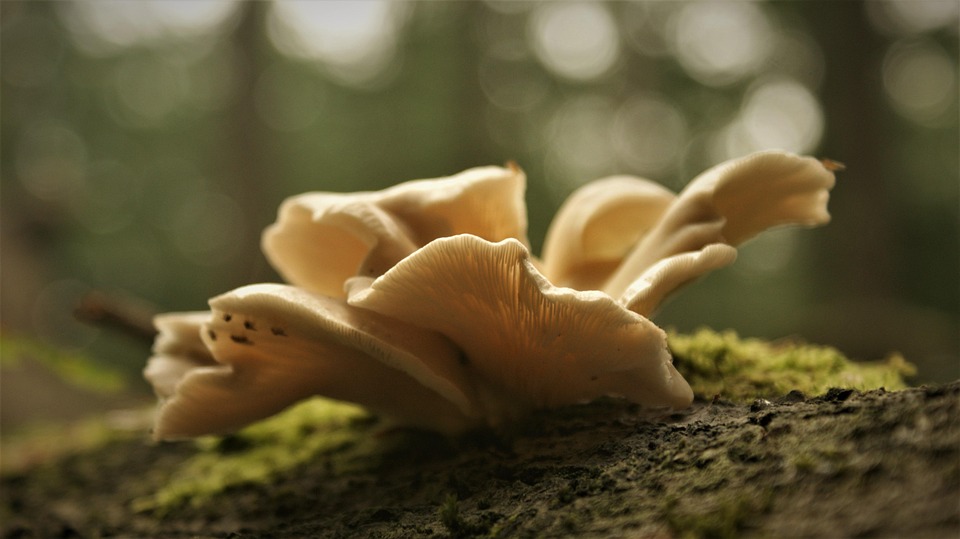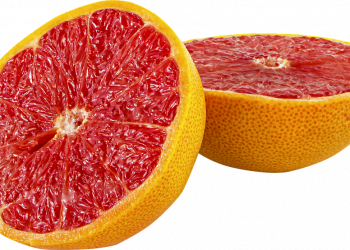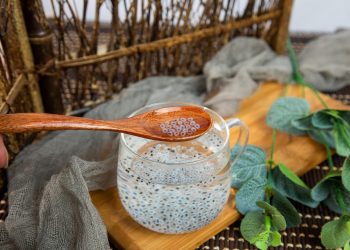5 Delicious Oysters for Boosting Your Testosterone Levels
Did you know that oysters have been hailed for their aphrodisiac qualities for centuries? In fact, they’re not just a romantic dinner choice; they might actually help with testosterone levels too! Let’s dive into the world of oysters and discover five varieties that can give your testosterone a tasty boost.
Why Oysters?
Before we get into the specifics, let’s talk about why oysters are considered a superfood for testosterone. Oysters are packed with zinc, a mineral crucial for testosterone production. Research has shown that zinc deficiency can lead to lower testosterone levels (Prasad, 1996). So, if you’re looking to naturally increase your testosterone levels, adding more zinc-rich foods like oysters into your diet might be a smart move.
1. Pacific Oysters (Crassostrea gigas)
Taste Profile: Pacific oysters are known for their briny, sweet flavor and creamy texture.
Nutritional Benefits: These oysters are not only delicious but also rich in zinc, with about 74 mg per 100 grams. That’s more than seven times the daily recommended intake for adult men!
Pros: Their high zinc content can help in testosterone production and overall reproductive health. Plus, they’re versatile and can be enjoyed raw, grilled, or baked.
Cons: If you’re not a fan of raw seafood, you might want to try other cooking methods. Also, be cautious about where you source your oysters, as they can accumulate toxins from polluted waters.
2. Eastern Oysters (Crassostrea virginica)
Taste Profile: Eastern oysters have a more robust, slightly metallic flavor that many seafood lovers appreciate.
Nutritional Benefits: Similar to Pacific oysters, Eastern oysters are also zinc powerhouses, providing around 60 mg per 100 grams. They’re not just a treat; they’re a testosterone-boosting snack!
Pros: They’re widely available along the eastern coast of the U.S., making them relatively easy to find. Plus, they’re often served at oyster bars, which makes for a fun outing.
Cons: The taste might not be for everyone, especially if you’re new to oysters. And, like their Pacific cousins, they should be sourced carefully to ensure safety.
3. Kumamoto Oysters (Crassostrea sikamea)
Taste Profile: These are smaller, with a deep cup and a sweet, fruity flavor that makes them a favorite among many.
Nutritional Benefits: Kumamoto oysters contain a decent amount of zinc, around 70 mg per 100 grams. They’re also rich in omega-3 fatty acids, which are beneficial for overall health.
Pros: Their unique flavor profile makes them a delightful choice for those who enjoy a sweeter taste. They’re also often served in gourmet settings, making them feel like a special treat.
Cons: Due to their size, you might not feel as full after eating them compared to larger oysters. Also, they can be pricier than other varieties.
4. Olympia Oysters (Ostrea conchaphila)
Taste Profile: Olympia oysters are small and round, with a rich, buttery flavor that’s hard to resist.
Nutritional Benefits: Although they’re smaller, they still pack a punch with around 60 mg of zinc per 100 grams. They’re also a good source of vitamin B12, which is important for energy levels.
Pros: Their unique flavor and smaller size make them a fun addition to any seafood platter. Plus, they’re native to the West Coast, so they’re often fresh and local.
Cons: Their limited availability can make them harder to find. They’re also not as commonly served as other varieties, so you might have to seek them out at specialty seafood markets.
5. European Flat Oysters (Ostrea edulis)
Taste Profile: Known for their complex flavor, European flat oysters have a creamier texture and a slightly sweet finish.
Nutritional Benefits: These oysters provide around 50 mg of zinc per 100 grams, making them a solid choice for testosterone support.
Pros: Their unique flavor makes them a gourmet option for special occasions. They also pair well with various wines, enhancing the dining experience.
Cons: They can be more expensive and harder to find, especially outside of Europe. They may also require a bit more culinary skill to prepare properly.
How to Enjoy Oysters
Now that you know which oysters can help boost your testosterone levels, let’s talk about how to enjoy them. Here are a few ideas:
-
Raw on the Half Shell: This is a classic way to enjoy oysters. Just add a squeeze of lemon or a dash of hot sauce!
-
Grilled: Toss them on the grill for a smoky flavor. Add some garlic butter for an extra kick.
-
Baked: Top with breadcrumbs, cheese, and herbs, then bake for a delicious appetizer.
-
In Soups or Stews: Incorporate them into chowders or seafood stews for a hearty meal.
FAQs About Oysters and Testosterone
Q1: How do oysters boost testosterone?
Oysters are rich in zinc, which is essential for testosterone production. A deficiency in zinc can lead to lower testosterone levels, so including oysters in your diet can help maintain healthy levels.
Q2: Can I eat oysters raw?
Yes, many people enjoy oysters raw, but ensure they come from a reputable source to avoid foodborne illnesses. Cooking oysters can also enhance their flavor and safety.
Q3: How often should I eat oysters to boost testosterone?
There’s no set rule, but incorporating oysters into your diet a few times a month can help increase your zinc intake and support testosterone levels.
Q4: Are there any risks associated with eating oysters?
Yes, consuming raw oysters carries the risk of foodborne illness. Always source them from clean waters and consider cooking them if you’re concerned.
Conclusion
Oysters aren’t just a delicacy; they’re a fantastic way to support your testosterone levels naturally. Whether you prefer the briny Pacific oyster or the sweet Kumamoto, these shellfish offer a delicious way to boost your health. Remember, though, that while oysters can be part of a testosterone-boosting diet, they’re not a magic solution. A balanced diet, regular exercise, and a healthy lifestyle are all crucial for maintaining optimal testosterone levels.
So, next time you’re at a seafood restaurant or a market, consider giving oysters a try. Not only will you enjoy their unique flavors, but you’ll also be doing your body a favor!
Disclaimer: This article is for educational purposes only and is not a substitute for professional medical advice. Always consult a qualified healthcare provider before making changes to your health routine.
References
-
Prasad, A. S. (1996). Zinc deficiency and testosterone levels. Journal of Andrology, 17(3), 320-325. Retrieved from https://www.ncbi.nlm.nih.gov/pubmed/8771346
-
Mayo Clinic. (2021). Zinc: Why do you need it? Retrieved from https://www.mayoclinic.org/healthy-lifestyle/nutrition-and-healthy-eating/in-depth/zinc/art-20046079
-
Harvard Health Publishing. (2020). The importance of zinc in your diet. Retrieved from https://www.health.harvard.edu/mens-health/the-importance-of-zinc
Get Your FREE Natural Health Guide!
Subscribe now and receive our exclusive ebook packed with natural health tips, practical wellness advice, and easy lifestyle changes — delivered straight to your inbox.















